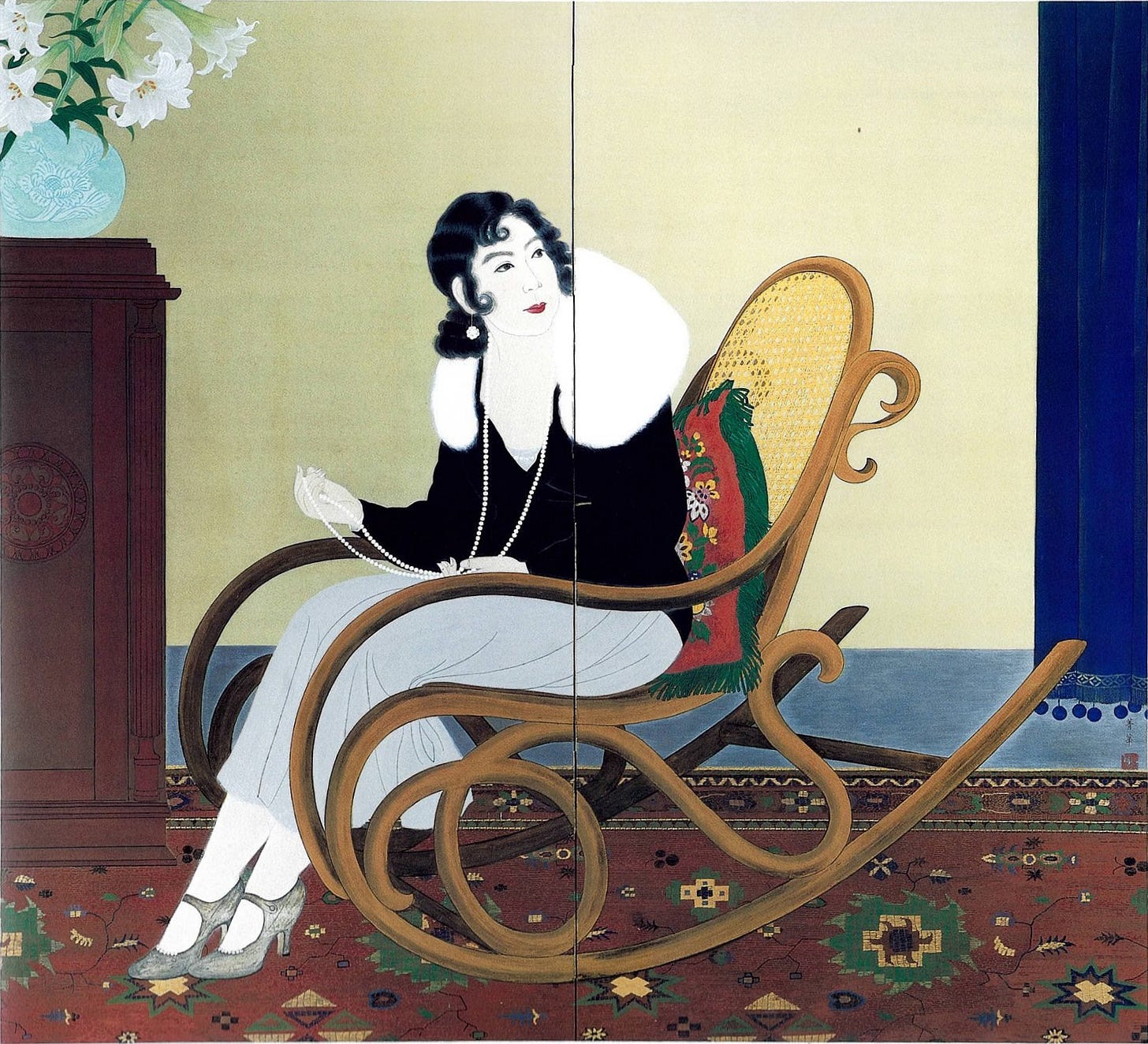The Staggered Shelf is a weekly newsletter from SBP where we collect important and exciting news related to Japan, publishing, and anything else that catches our eye.
Tomoka Shibasaki’s new work in English
This Tuesday, February 25, is the release of A Hundred Years and a Day: 34 Stories, translated by Polly Barton. The is the fourth book we’ve done in collaboration with MONKEY New Writing from Japan. Be sure to get a copy.
Who was the real Hideyoshi?
Watch professor of Japanese language and culture Susan Westhafer Furukawa discuss her work on the many versions—both real and fictional—of Toyotomi Hideyoshi. Especially fascinating is the discuss of Hideyoshi’s wife Nene and her modern deployment as a model wife and woman.
Rebecca Copeland, co-editor of Yamamba: In Search of the Japanese Mountain Witch, leads a closing discussion.
Modern Japan History Association
An interview with Sam Bett, translator of The Beggar Student
interviews Sam Bett on his recently published translations and the enduring appeal of Osamu Dazai.Kyoto Costume Institute
The Kyoto Costume Institute collects, documents, and preserves western clothing dating from the 18th century until the present. Although they don’t have a public gallery, their digital archive is an excellent resource to get lost in.
Kyoto Costume Institute
The hard reality of Japan’s social safety net
Wada Shizuka is the author of several successful books in Japanese, including Jikyū wa itsumo saitei chingin, korette watashi no sei desu ka? Kokkai giin ni kiite mita (Is It My Fault My Hourly Pay Is Always the Minimum Wage? I Asked a Diet Member), that emerged from her experience during the pandemic.
She chronicles the difficulties for part-time and minimum-wage workers, particularly single women, facing rising costs, pay discrimination, and a welfare system designed for families.
In a profile for Nippon.com she states:
I write my articles with the intent of reaching out, finding other women with whom the content resonates, and forging new connections. Women are too easily pitted against one another. . . . We’ll never overcome discrimination or elect more women to office unless we can unite and raise our voices as one. I want to start by helping to heal the divisions.
Nippon.com
Kabuki then and now
Finally, two articles that should be read in tandem:
A history of kabuki, from its founding by Izumo no Okuni and her all-female troupe to the exclusion of women from the art and back to emergence of all-female performance in the 20th century with the Takaruka Revue.
nippon.com
An account of the cutting edge of modern day kabuki, where pop culture meetings the typically conservative art of kabuki performance.





